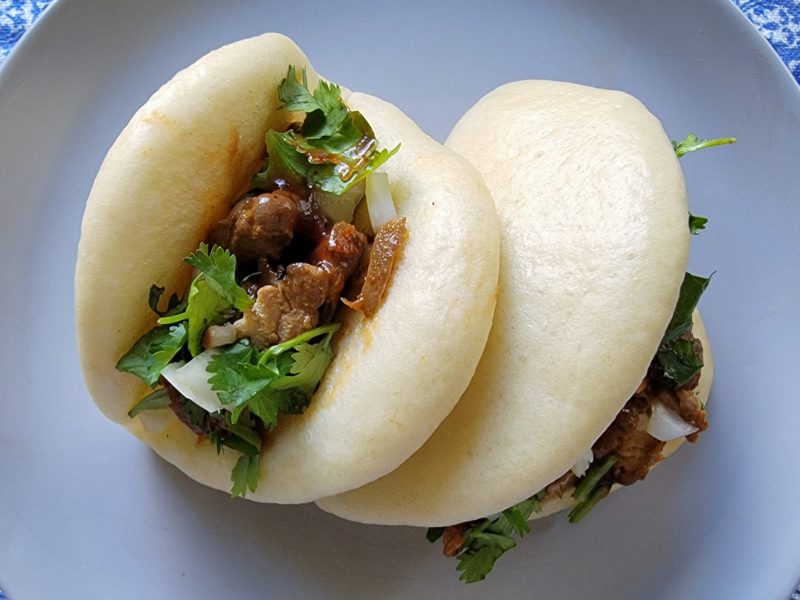BAO

In the vast tapestry of Asian culinary traditions, one delicacy stands out not only for its delicious taste but also for the intricate artistry embedded in its creation—bao. These delectable steamed buns, hailing from East Asia, have become a global sensation, captivating taste buds with their unique flavors and visually appealing presentations. Let’s unravel the layers of history, culture, and craftsmanship that make bao an extraordinary culinary experience.
The Origins of Bao:
Originating from China, baozi, or simply bao, can be traced back over a thousand years. These steamed or baked buns have been a staple in Chinese cuisine, evolving over time to include various fillings and shapes. Initially, bao served as a portable and convenient food source for travelers, its versatile nature allowing for both sweet and savory interpretations.
Bao Beyond China:
As Chinese immigrants traversed the globe, they brought with them the culinary treasures of their homeland, introducing bao to diverse cultures. Today, you can find variations of bao in countries like Japan, Korea, Vietnam, and beyond. Each region has infused its own local flavors and ingredients into the traditional bao, resulting in a rich tapestry of bao varieties across Asia.
Artistry in Dough and Fillings:
One of the defining features of bao is the soft and pillowy texture of its outer layer. Crafted from a simple mixture of flour, water, and yeast, the dough undergoes a meticulous fermentation process, creating the perfect canvas for a myriad of flavorful fillings. From savory pork belly and barbecue chicken to sweet red bean paste and custard, the choices are as diverse as the cultures that have embraced bao.
The Steaming Process:
The steaming of bao is an art in itself. Traditionally cooked in bamboo steamers, the process requires precision to achieve the ideal balance of softness and elasticity. The result is a bun that is not only light and airy but also capable of holding the rich and flavorful fillings without becoming soggy—a testament to the culinary mastery embedded in the creation of bao.
Bao in the Modern Culinary Landscape:
In recent years, bao has transcended its traditional roots and entered the global food scene, earning its place in modern gastronomy. Renowned chefs worldwide have taken inspiration from the humble bao, incorporating innovative ingredients and creative presentations to elevate this ancient dish to new heights. Bao has become a symbol of culinary fusion, bridging the gap between tradition and contemporary gastronomy.
Conclusion:
Bao, with its rich history, diverse regional variations, and artistic preparation, has become more than just a culinary delight—it’s a cultural phenomenon. As you savor the tender exterior and burst of flavors from within, remember that each bite encapsulates centuries of tradition and the boundless creativity of chefs who continue to push the boundaries of culinary excellence. In a world where food is both sustenance and art, bao stands as a shining example of how a simple steamed bun can transcend cultural boundaries and capture the hearts and palates of people around the globe.
